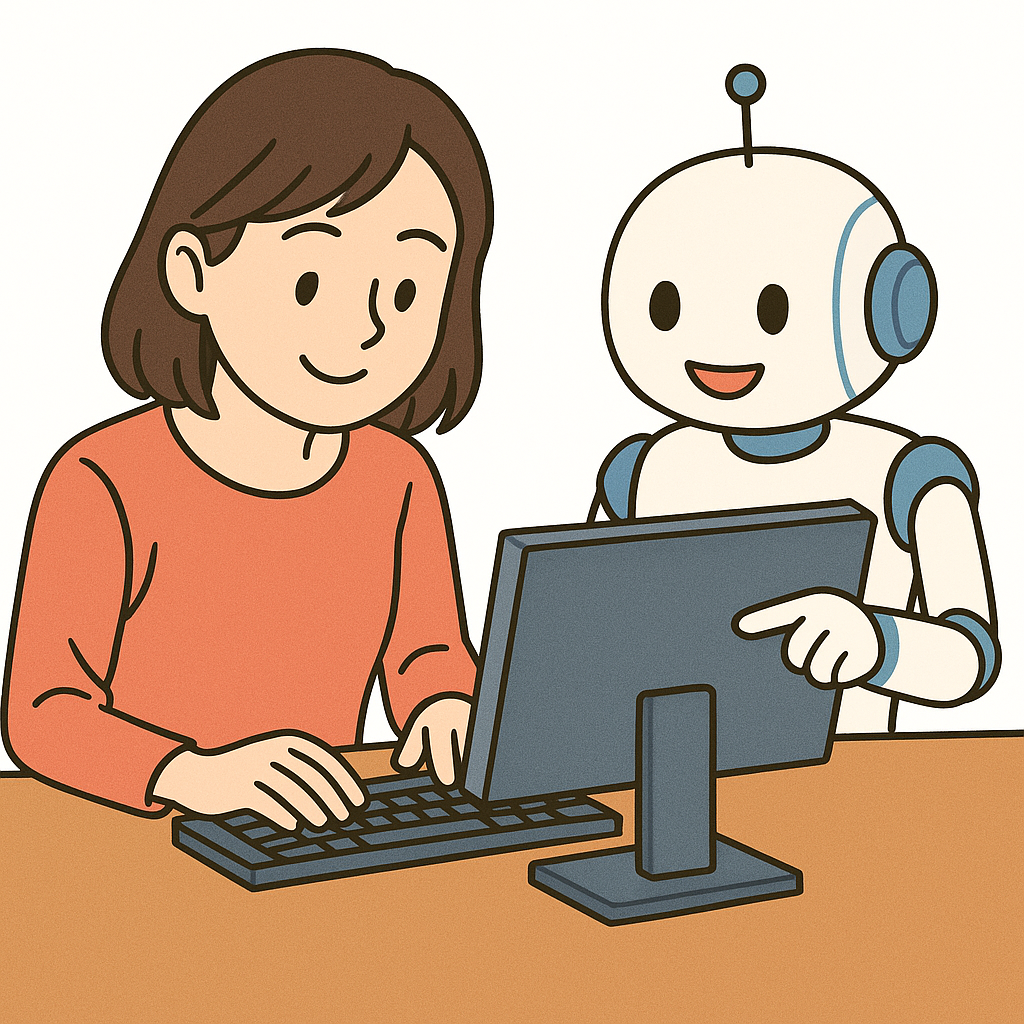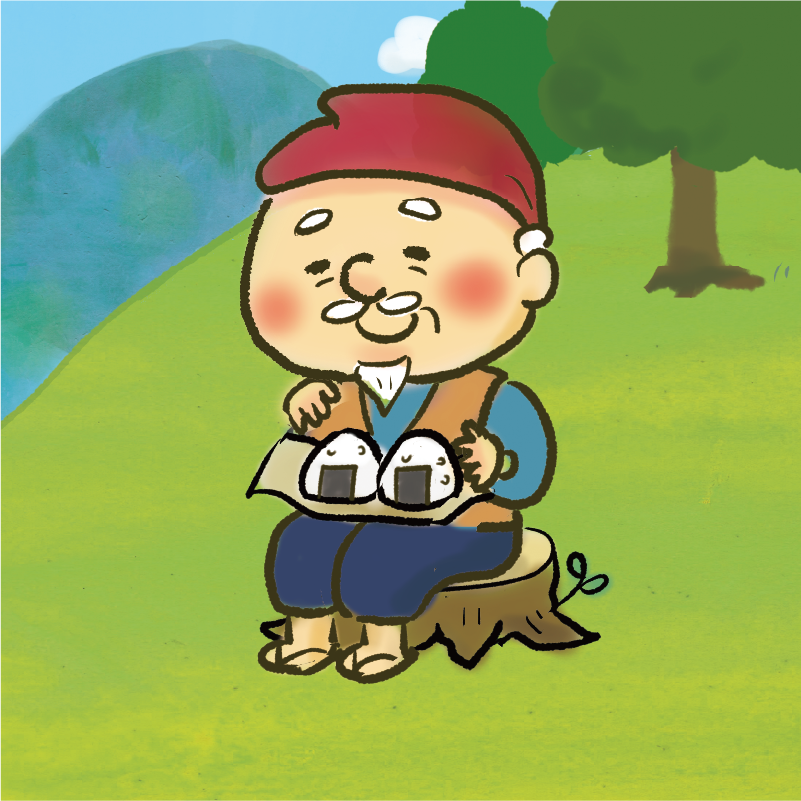
Manga: High School Valentine’s Day
 Students put manga sections back in to their correct order as they read about Erin’s Valentine’s Day disaster. Erin decides to give a boy chocolates then finds out he already has a girlfriend. There is a lot of colloquial language spoken between the characters.
Students put manga sections back in to their correct order as they read about Erin’s Valentine’s Day disaster. Erin decides to give a boy chocolates then finds out he already has a girlfriend. There is a lot of colloquial language spoken between the characters.
Notes About Teaching With Manga
Did you know that 3rd November is Manga Day as well as Culture Day in Japan?
Manga are widely read not only by children but also by adults. 40 % of magazines and books sold in Japan are manga. Manga come in the form of books, or as weekly or monthly magazines (週刊マンガ/月刊マンガ ) and you may be surprised to see businessmen in suits reading manga magazines on the train. Manga cover a wide range of topics, and target specific reader groups. For example, 少年マンガ (boys’ manga) are full of action, with common themes related to sports and school life, and 少女マンガ (girls’ manga) contain themes related to romance and friendships. Popular manga sell out quickly, and increasingly, girls are reading boys’ manga.
Access the Teacher’s Notes on Manga below.
Manga as a Teaching Resource
Many manga are currently available in Japanese, English and bilingual versions. You may choose different versions for different teaching purposes. Here are some suggested tasks and activities.
Introducing Japanese youth culture
Manga contain a wide range of daily life settings. By reading the English version, students can learn about Japanese youth culture. Students can compare and contrast aspects of culture by discussing topics such as friendship, fashion, sport and romance in Japanese. Students can also introduce and describe each character in Japanese and draw a character map.
Introducing onomatopoeia
Manga is a great resource for showing students how onomatopoeia and mimetic words are used in an authentic Japanese context. Many of these expressions appear in Japanese in the English versions. Students can read a manga in English, find onomatopoeic expressions, make a list of these and give English meanings.
Teaching speech styles
Students can learn casual speech style by reading manga. They can first read the English version of a manga to get to know the story beforehand, and then read the Japanese version to pick up specific examples of speech in Japanese. Students can also white out the bubbles and put in their own words.
How to read manga in the correct order
We have created a 2 page story 「さくら学園」 to help you introduce manga to your students. Here is a diagram showing how manga are read:

Manga is read from right to left.
Start at the top right panel and read to the left as shown.
Tasks
- Cut the manga story into frames, mix them up and put them in the right order.
- Find the following onomatopoeia and mimetic words in the story and guess the meanings.(a.ザワザワ b.ポン c.パシッ d.シーン e.ポッ f.ダッ g.キャーキャー h.ガーン)
- Draw a map of the characters showing their relationship to one another.
- Write a sequel to the story.

Resource created by Himiko Negishi-Wood (February 2014).




